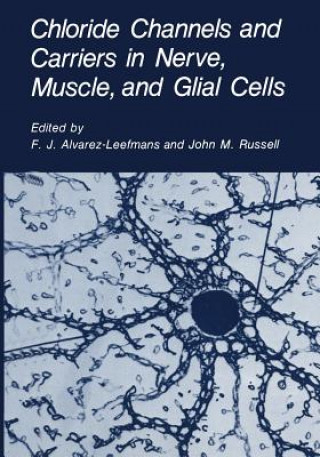
Kód: 02181879
Chloride Channels and Carriers in Nerve, Muscle, and Glial Cells
Autor F.J. Alvarez-Leefmans, John M. Russell
This is a book about how Cl- crosses the cell membranes of nerve, muscle, and glial cells. Not so very many years ago, a pamphlet rather than book might have resulted from such an endeavor! One might ask why Cl-, the most abundant ... celý popis
- Jazyk:
 Angličtina
Angličtina - Väzba: Brožovaná
- Počet strán: 426
Nakladateľ: Springer-Verlag New York Inc., 2013
- Viac informácií o knihe

278.73 €

Skladom u dodávateľa v malom množstve
Odosielame za 10 - 15 dní
Potrebujete viac kusov?Ak máte záujem o viac kusov, preverte, prosím, najprv dostupnosť titulu na našej zákazníckej podpore.
Pridať medzi želanie
Mohlo by sa vám tiež páčiť
-

Economic Choice Theory
68.16 € -

Coercion, Contract, and Free Labor in the Nineteenth Century
151.56 € -

Multi Criteria Analysis in the Renewable Energy Industry
140.34 € -
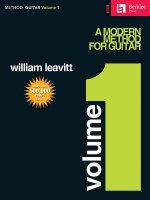
Modern Method for Guitar
19.14 € -

Rethinking Climate and Energy Policies
140.34 € -

Regional Offices
22.64 € -
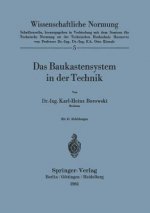
Das Baukastensystem in Der Technik
108.93 €
Darčekový poukaz: Radosť zaručená
- Darujte poukaz v ľubovoľnej hodnote, a my sa postaráme o zvyšok.
- Poukaz sa vzťahuje na všetky produkty v našej ponuke.
- Elektronický poukaz si vytlačíte z e-mailu a môžete ho ihneď darovať.
- Platnosť poukazu je 12 mesiacov od dátumu vystavenia.
Viac informácií o knihe Chloride Channels and Carriers in Nerve, Muscle, and Glial Cells
Nákupom získate 685 bodov
 Anotácia knihy
Anotácia knihy
This is a book about how Cl- crosses the cell membranes of nerve, muscle, and glial cells. Not so very many years ago, a pamphlet rather than book might have resulted from such an endeavor! One might ask why Cl-, the most abundant biological anion, attracted so little attention from investigators. The main reason was that the prevailing paradigm for cellular ion homeostasis in the 1950s and 1960s assigned Cl- a ther modynamically passive and unspecialized role. This view was particularly prominent among muscle and neuroscience investigators. In searching for reasons for such a negative (no pun intended) viewpoint, it seems to us that it stemmed from two key experimental observations. First, work on frog skeletal muscle showed that Cl- was passively distributed between the cytoplasm and the extracellular fluid. Second, work on Cl- transport in red blood cells confirmed that the Cl- transmembrane distribution was thermodynamically passive and, in addition, showed that Cl- crossed the mem brane extremely rapidly. This latter finding [for a long time interpreted as being the result of a high passive chloride electrical permeability(? CI)] made it quite likely that Cl- would remain at thermodynamic equilibrium. These two observations were gener alized and virtually all cells were thought to have a very high P Cl and a ther modynamically passive Cl- transmembrane distribution. These concepts can still be found in some physiology and neuroscience textbooks.
 Parametre knihy
Parametre knihy
Zaradenie knihy Knihy po anglicky Mathematics & science Physics Applied physics
278.73 €
- Celý názov: Chloride Channels and Carriers in Nerve, Muscle, and Glial Cells
- Autor: F.J. Alvarez-Leefmans, John M. Russell
- Jazyk:
 Angličtina
Angličtina - Väzba: Brožovaná
- Počet strán: 426
- EAN: 9781475796872
- ISBN: 1475796870
- ID: 02181879
- Nakladateľ: Springer-Verlag New York Inc.
- Hmotnosť: 839 g
- Rozmery: 254 × 178 × 24 mm
- Dátum vydania: 27. April 2013
Obľúbené z iného súdka
-

Astrophysics for People in a Hurry
18.01 € -11 % -

Introduction to Atmospheric Physics
98.74 € -
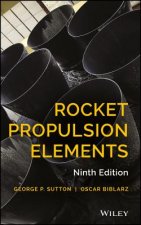
Rocket Propulsion Elements 9e
192.85 € -

Fundamentals of Geophysics
76.29 € -

Biophysics
90.09 € -

Life on the Edge
11.01 € -24 % -
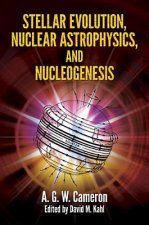
Stellar Evolution, Nuclear Astrophysics, and Nucleogenesis
15.74 € -3 % -

Welcome to the Universe
37.99 € -8 % -

CO2 Laser Surgery
71.25 € -

MoonFire
22.85 € -20 % -

Introduction to Modern Astrophysics
95.75 € -
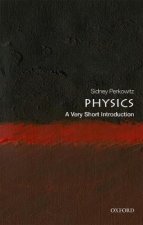
Physics: A Very Short Introduction
10.18 € -22 % -

Origin and Nature of Life on Earth
64.14 € -

Astrophysics: A Very Short Introduction
10.18 € -22 % -

Geophysics: A Very Short Introduction
11.73 € -19 % -
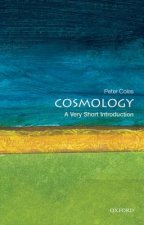
Cosmology: A Very Short Introduction
10.18 € -22 % -

Lectures on Astrophysics
59.09 € -

Principles of Planetary Climate
95.34 € -

Black Holes, Wormholes and Time Machines
62.80 € -

Atlas of Antarctica
46.12 € -19 % -

Schaum's Outline of Applied Physics, 4ed
36.03 € -6 % -

Creation Of The Universe
45.40 € -

Plant Physics
65.27 € -

Feynman's Lost Lecture
10.18 € -22 % -

Geology: A Complete Introduction: Teach Yourself
16.67 € -23 % -

Black Holes: A Very Short Introduction
10.18 € -22 % -

Our Cosmic Habitat
21.72 € -

Water: A Very Short Introduction
10.18 € -22 % -

Student's Guide to Atomic Physics
30.68 € -
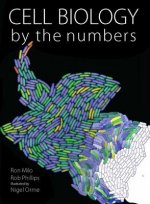
Cell Biology by the Numbers
63.73 € -

Fundamentals of Fluorescence Microscopy
72.38 € -

Galaxies: A Very Short Introduction
10.18 € -22 % -

Atmosphere: A Very Short Introduction
11.73 € -19 % -

Biophysics For Dummies
19.76 € -19 % -

Student's Manual for A First Course in General Relativity
42.31 € -

Introduction to High-Energy Astrophysics
82.88 € -
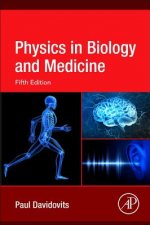
Physics in Biology and Medicine
124.48 € -

Stars: A Very Short Introduction
10.18 € -22 % -
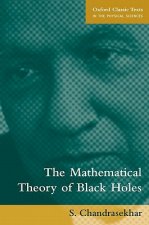
Mathematical Theory of Black Holes
147.86 € -

Fundamental Astronomy
96.16 € -

First Course in General Relativity
69.29 € -

Galactic Dynamics
133.85 € -

Introduction to Cosmology
54.87 € -7 % -
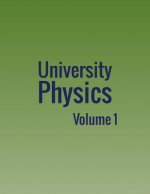
University Physics
37.57 € -15 % -

Chasing New Horizons
27.89 € -9 % -

Astrophysics for Physicists
93.28 € -

Exact Space-Times in Einstein's General Relativity
123.25 € -

Astrophysics through Computation
107.39 € -

Stars and Stellar Processes
89.88 €
Osobný odber Bratislava a 2642 dalších
Copyright ©2008-24 najlacnejsie-knihy.sk Všetky práva vyhradenéSúkromieCookies


 21 miliónov titulov
21 miliónov titulov Vrátenie do mesiaca
Vrátenie do mesiaca 02/210 210 99 (8-15.30h)
02/210 210 99 (8-15.30h)